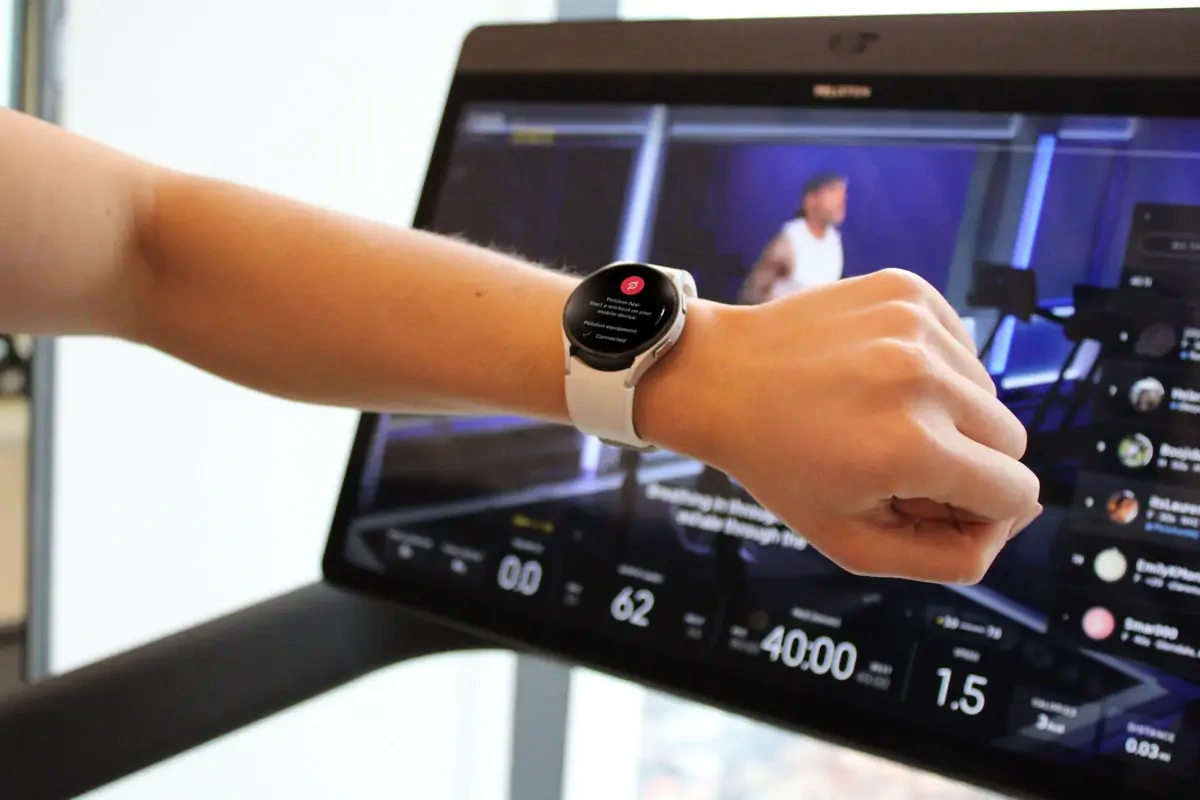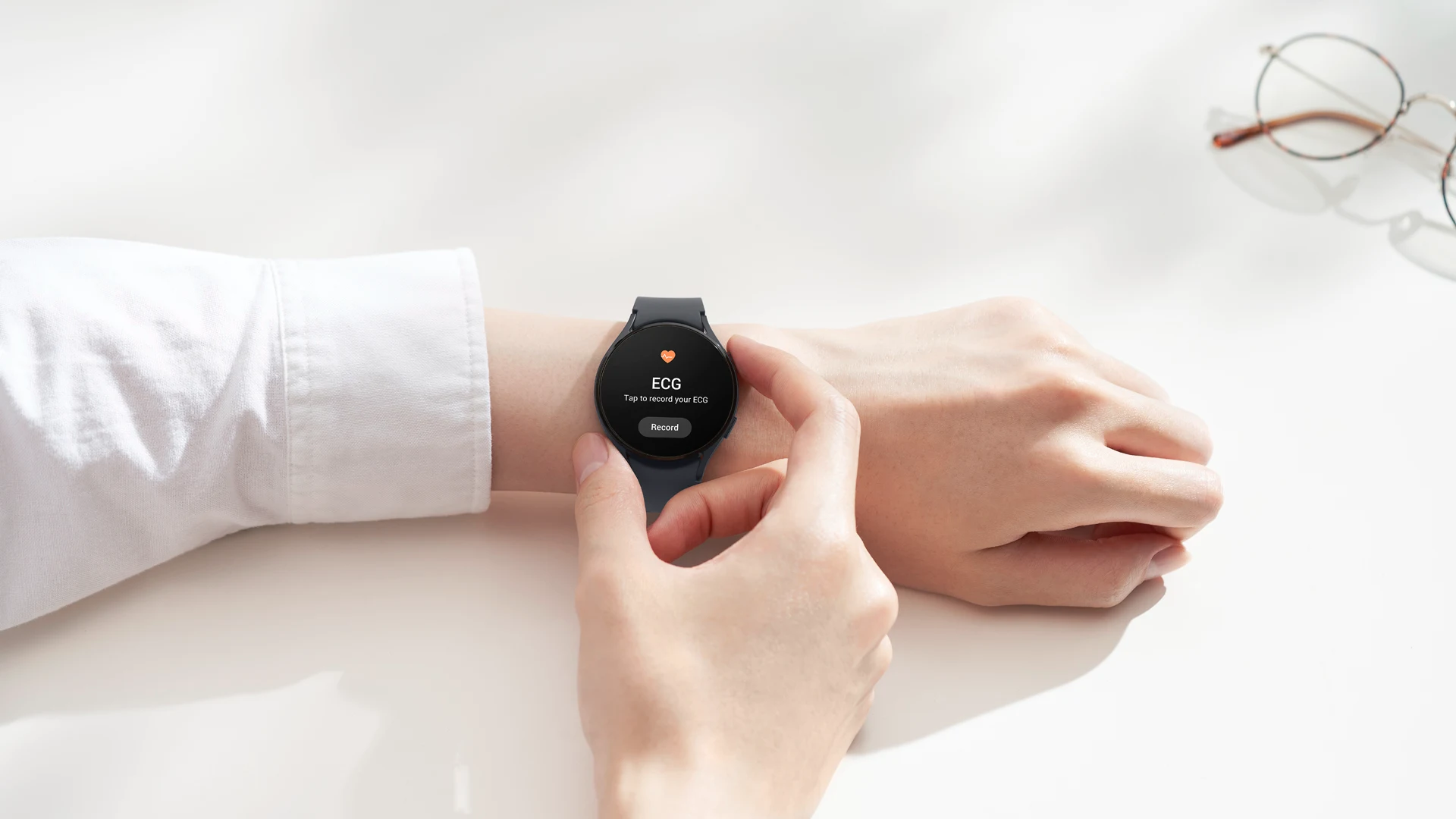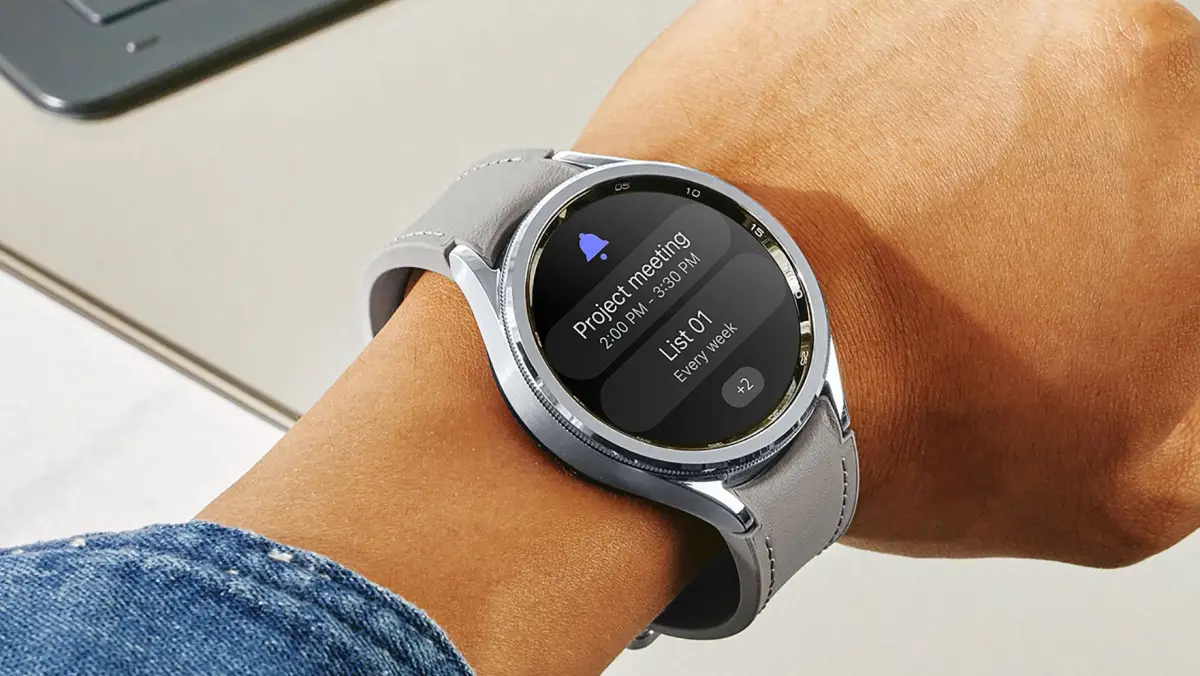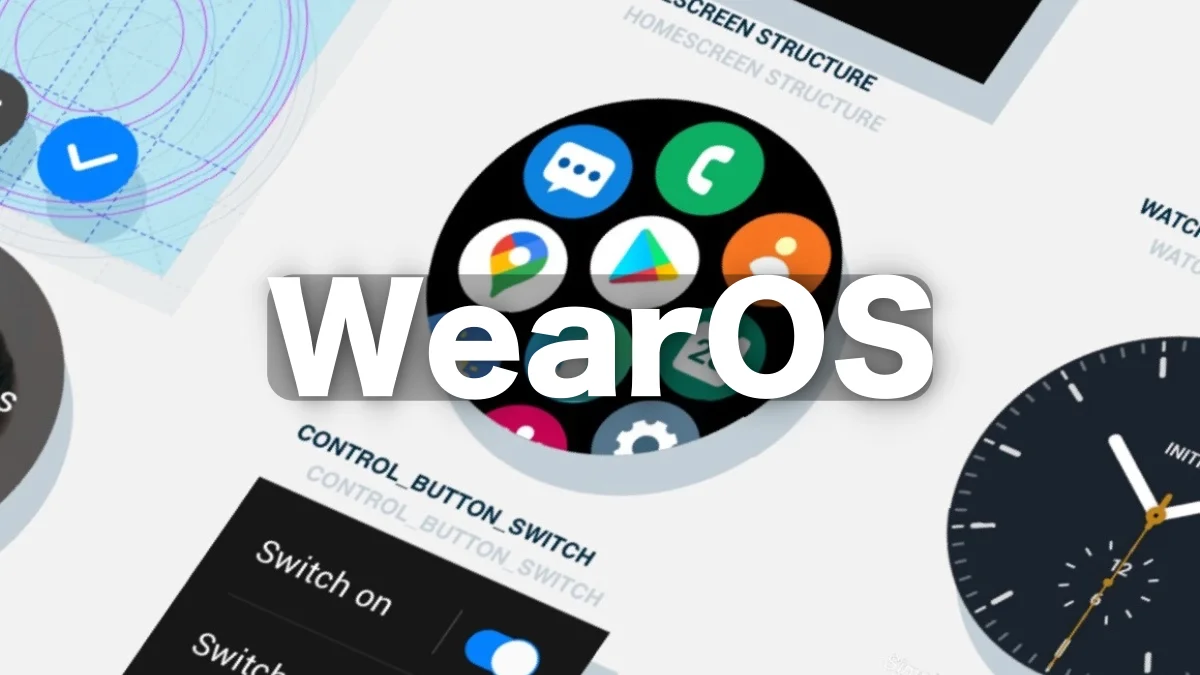Galaxy Watch
Samsung to Improve Fitness Tracking Features on Galaxy Watch

Samsung has added several new features to its Galaxy devices with its One UI skin. This also applies to Galaxy watches, as the company has introduced several additional features for the watches with every new major update. Running on the same strategy, Samsung has introduced two additional features with One UI 4.1: VO2 Max estimation and sweat tracking. Now the company has decided to improve the functions by partnering with researchers at the University of Michigan Exercise and Sport Science Initiative.
Before going into detail, let’s learn about these features. – Sweat loss tracking: With this feature, the Galaxy Watch analyzes the exercise and estimates the sweat loss during the session and after analysis. It recommends how much water you should drink to recover. While the VO2 estimation function tells about the amount of oxygen used during any exercise.

“Samsung is committed to providing more meaningful health insights via our collaborations with industry leaders and academic institutions. We are excited to partner with the University of Michigan’s Exercise & Sport Science Initiative—experts in the fields of fitness and sports health—in an effort to bring even more meaningful insights to those runners who rely on the Galaxy Watch series for accuracy and personalized motivation,” said Hon. Pak, Vice President and Head of the Digital Health Team, MX Business at Samsung Electronics.
LTE Galaxy Watches Get Access to Latest Wear OS 4 and One UI 5 Watch Features
Now, with the help of the Michigan Performance Research Laboratory team, Samsung is all set to make these features more accurate. The research will be run for a complete eight months.
The testing of these functions will be done both outdoors and indoors, with a running session of 2.5 km to 20 km. All the data collected will be used for cardiopulmonary exercise testing and also for tracking weight change.
Galaxy Watch
Samsung Patents Method to Convert Galaxy Watch PPG Data into ECGs with GenAI

Samsung is actively working on expanding the Galaxy Watch’s functionalities for users’ convenience. The company has filed a US patent for continuous atrial fibrillation detection through PPG ECG signal translation.
Many smartwatches available on the market perform atrial fibrillation (AFib) spot checks using an ECG sensor, but unfortunately, continuous AFib data is impossible without a medical monitor. A week ago, Samsung patented a plan to convert that for the forthcoming Galaxy Watch 7 by employing a generative AI model.
Initially spotted by Wareable, the US patent “System and method for continuous atrial fibrillation detection via PPG to ECG signal translation” would “translate PPG signals to corresponding ECG waveforms.”
Samsung got FDA consent for the passive detection of irregular heart rhythms. Samsung, such as Fitbit, Apple, and Withings, can use their watches to monitor irregular heart rhythms. Although this is not a diagnosis tool, It is only capable of suggesting a potential issue and requires confirmation with a proper ECG reading.

Samsung’s patented PPG-to-ECG mechanism would offer more definitive data at all times, making it more possible to catch the lead-up to serious heart conditions such as arrhythmia and heart failure. The patent describes that “conventional models” can only count on “long-term relationships” between PPG heart rhythm data and possible ECG results. Along with its GenAI models, Samsung assures that it will create a “first-order Markov relationship” between them for better accuracy.
Samsung’s patent confesses that by using generative AI, “fake information may be introduced, which affects an AFib detection result.” The giant decided to solve this by “incorporating prior knowledge in terms of probabilistic graphical models” so that it is “robust to noise,” also known as irrelevant or misleading details.
The generative AI plan of Samsung might make heart health data available to Google since it typically relies on Gemini AI.
Galaxy Watch
Samsung Galaxy Watches Are Yet To Become More Premium As Promised

The Korean brand ‘Samsung’ introduces smartwatches along with the software gap between promise and premium! Now, deep down, it is gearing up to expand its smart wearable family by introducing a brand new Galaxy Smartwatch lineup within the next few months.
Galaxy smartwatch enthusiasts, the giants are cooking something new for you all, as Samsung is expected to release a new Galaxy Watch lineup or at least one in the upcoming weeks. However, a premium smartwatch model might not be the answer to each query that’s holding Galaxy Watches back.
It’s possible that a premium smartwatch with a more polished design could be a blessing or a curse for the Korean giants. Samsung Galaxy Watches, such as non-classic ones, can look like playthings, whereas the software also doesn’t give an experience like a high-end One UI, which it should.
One UI Watch performance appears unexciting, and the UI can sometimes falter or even lag extremely, especially after reconnecting to a mobile device. Even after spending a lot, in the end, somehow you realize that almost every UI element and widget often feels and doesn’t look ready to use or release. Most of the things appear to be in the early access phase. In many ways, it’s reminiscent of the old Android phone experience.
Now it is expected that Samsung’s forthcoming premium Galaxy Watch could solve the external design issue and make smartwatches a bit more appealing and less playful. Also, a more premium smartwatch paired with not-so-premium software will likely accentuate the undercooked One UI/Wear OS experience.
Somewhere, premium Samsung Galaxy smartwatches have software issues such as limited applications, watch faces, and a clumsy UI holding back Galaxy watches. A premium design would only be enough until the brand improved the software experience to feel as smooth and integrated as their smartphones.
Apart from this, the Galaxy Watch 7series is next in line, which should debut at the Galaxy Unpacked event in July. It is also expected that Samsung will release a new rectangular-shaped smartwatch by the end of this year.
Galaxy Watch
One UI Watch-based Wear OS 5 is developing for Galaxy Watches

Samsung’s Galaxy Watch 6 series is running on Wear OS 4 onboard; now, to add a major layer of upgrade, the brand is gearing up to deliver a new update in the form of Wear OS 5.
Wear OS 5 for Galaxy Watches is under processing
The Korean giant has already started developing a new firmware version for the Galaxy Watch 6, which appears as R965USQU1BXD8. A tipster has revealed that Samsung is working on a new firmware version for the carrier-locked Galaxy Watch 6 smartwatch for the US market, leading to speculation.
This new firmware version indicates a major One UI version change, and it could be One UI Watch 6 based on Wear OS 5. On the other hand, Google has already revealed via @MatthewReiter05 that it will disclose Wear OS 5 and its features at the forthcoming Google I/O 2024 event on May 14, 2024.
A couple of months after the announcement, Wear OS 5 will probably be available in stable form, and Samsung could soon release a stable One UI Watch 6 based on that platform. However, it’s yet to be clear what new features and UI design improvements Google plans to bring with the Wear OS 5 update. It is expected to improve integration with Android-based smartphones, tablets, and TVs.












